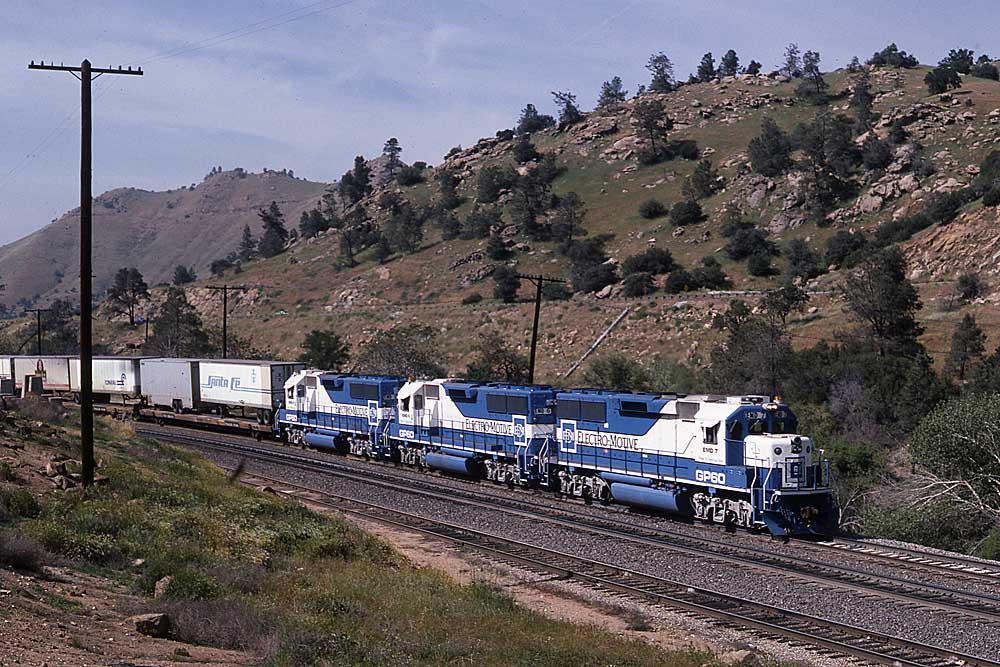
Some careers are more than just a way to make a living. Sometimes they represent history itself. The trick is to recognize that about yourself and plan appropriately.
Anyone who cares about railroading in general over the past half-century, or about motive-power technology in particular, can be grateful that Preston Cook came to that realization and did something about it. Cook recently completed the donation of his archive of documents related to his decades at Electro-Motive Division and MK Rail, as well as his large collection of color slides, to the John W. Barriger III National Railroad Library at the University of St. Louis-Missouri.
In the Barriger Library, Cook has found the perfect home. Its sprawling special collections include material related to a wide range of people and organizations, from the papers of American Car & Foundry and railroad scholar Don Hofsommer to the photographs of Herb Harwood and Lou Marre, not to mention the expansive photographic negatives of the library’s namesake John W. Barriger, CEO of a host of mid-century carriers and author of the famous “Super Railroads” concept.
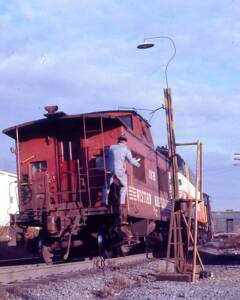
Cook says the library is only getting started in making his material available, but it will be a treasure trove, encompassing 100 linear feet of shelf space for technical publications, “several days” (his words) of 16mm and other format movies, and thousands of his slides, the vast majority of them unpublished. His archives include things related to two other key interests, marine transportation and industrial power.
“For 50 years I kept a clean copy of every publicly distributed manual, catalog, and handout that we used in training classes,” explains Cook. “There are also numerous exterior and interior walk-around surveys of new, clean equipment photographed in the field during deliveries that remain to be scanned.”
For Barriger Curator Nicholas Fry, the addition of Cook’s collection is significant. The process got started in 2020 when Cook was introduced to Fry by Norm Carlson, then a member of the board of directors of Chicago’s Metra as well as longtime editor and publisher of the Shore Line Interurban Historical Society’s journal First and Fastest. It was a fruitful connection, even more so when Fry learned about Cook’s slides.
“Preston explained to us the scope of his collection and its significance to the industry and we decided it was an excellent fit for the library,” Fry says. “He didn’t bring up his slides until a bit later on. I didn’t really appreciate how large his collection was until I saw it at his home in Massachusetts.”
A native of the Bay State, Cook earned a degree in mechanical engineering at the University of Massachusetts at Amherst, then early on got a job at EMD. There, he worked closely with the builder’s railroad customers, mostly in the role of what now would be called an applications engineer. “What I eventually did for much of my career had relatively little do with what I studied in college,” he says. “I graduated with a degree in mechanical engineering but spent most of my time in the industry teaching electrical and electronic control systems for locomotives and power-generating equipment.”
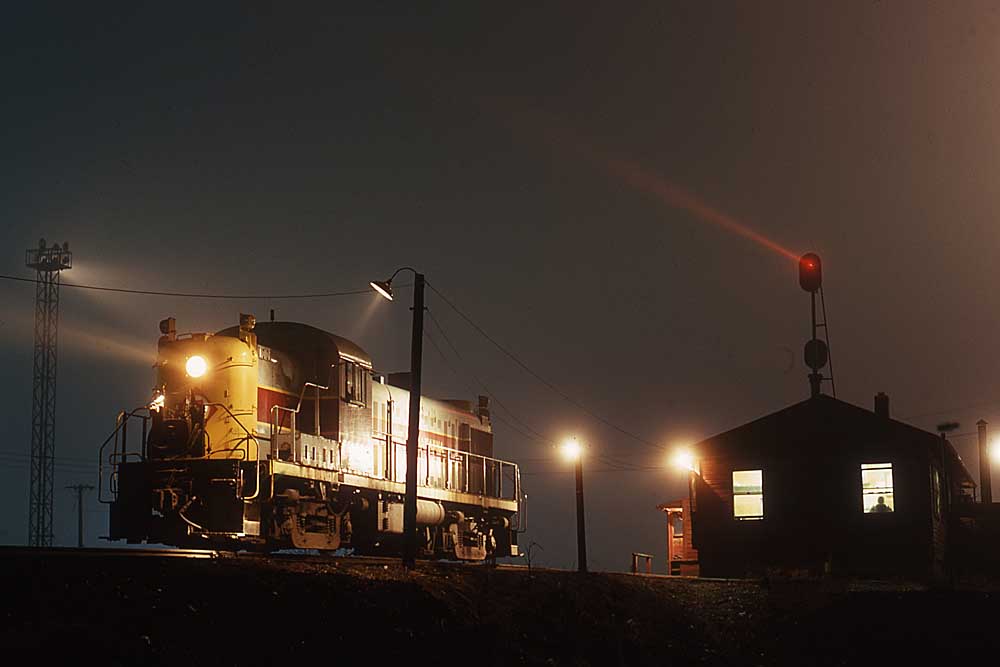
That Cook is prolific is an understatement. In addition to writing more than 100 articles for various publications (including several for Classic Trains), as well as authoring four books, he made it his business to photograph as many of the locomotives and trains he encountered as possible. Armed over the years with various Pentax camera models, he taught himself to become an excellent shooter. He’s had a strong attachment to night photography, thanks in part to his job.
“Instructor duty required being available to teach eight hours a day, five or more days a week, on day or night shift, at EMD or in railroad shops, 49 weeks a year,” he recalls. “At the end of a day teaching, I might grab something to eat, then head trackside to watch and photograph the last trains of daylight. Then, when twilight faded into night, the tripod came out for some time-exposure shots, or flash-assisted open shutter night photography.”
At some point, Cook began to think about the historical value of his collections and the best way to preserve it. That turned out to be the Barriger.
“Only the Barriger Library offered a complete solution,” says Cook. “They had space available to preserve the entire collection of documents, slides, and movies and were interested in diesel applications in rail, marine, and power generating. It did not matter what customer equipment was painted for, or whether it rode on rails or floated, they had room and would take it.”
Now, Cook can reflect on a productive and influential career, both as an EMD veteran and an accomplished writer and photojournalist. His donation to the Barriger has been a lot of work, but its near-completion gives him a chance to look back and be a bit philosophical.
“Fifty years in the industry went by like an all-night cab signal test on a major commuter railroad,” Cook reflects. “You climb up into the cab rested and awake, ready for the task at hand. When the run is underway, you are constantly busy, working, testing, observing, evaluating, and documenting the results. When you get to the end of the run, suddenly everything stops and you realize it has been a long test and you are tired.
“You pile into the first coach to relax and watch whether the cars can keep up with a locomotive that has all green signals all the way home. And that is where I am now, finally back at my home, secure in the feeling that the people who are now at the controls are very capable and I will be getting to my destination ‘on time.’”
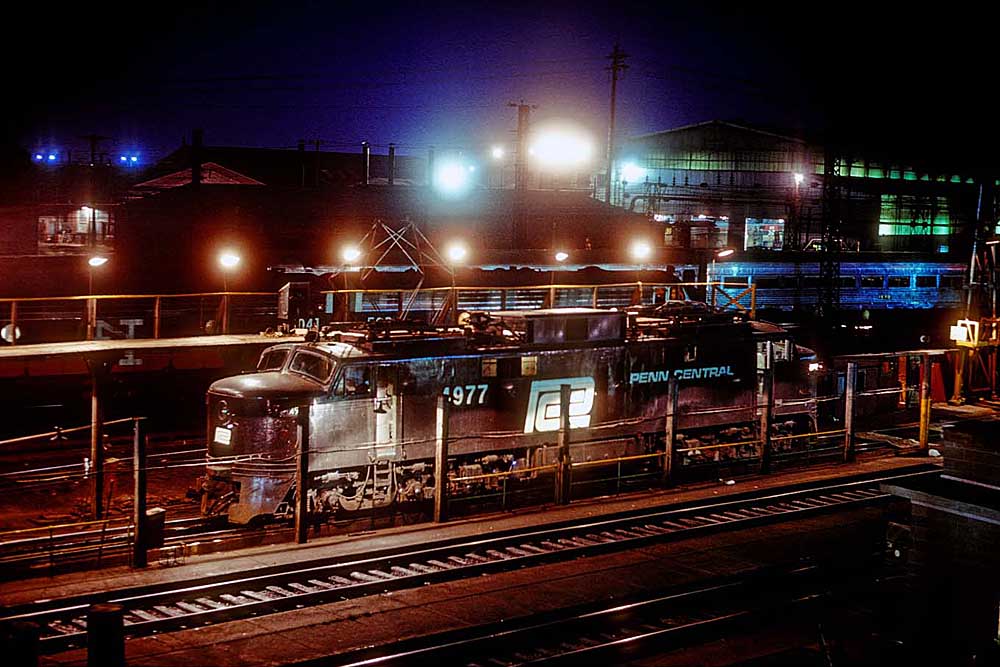






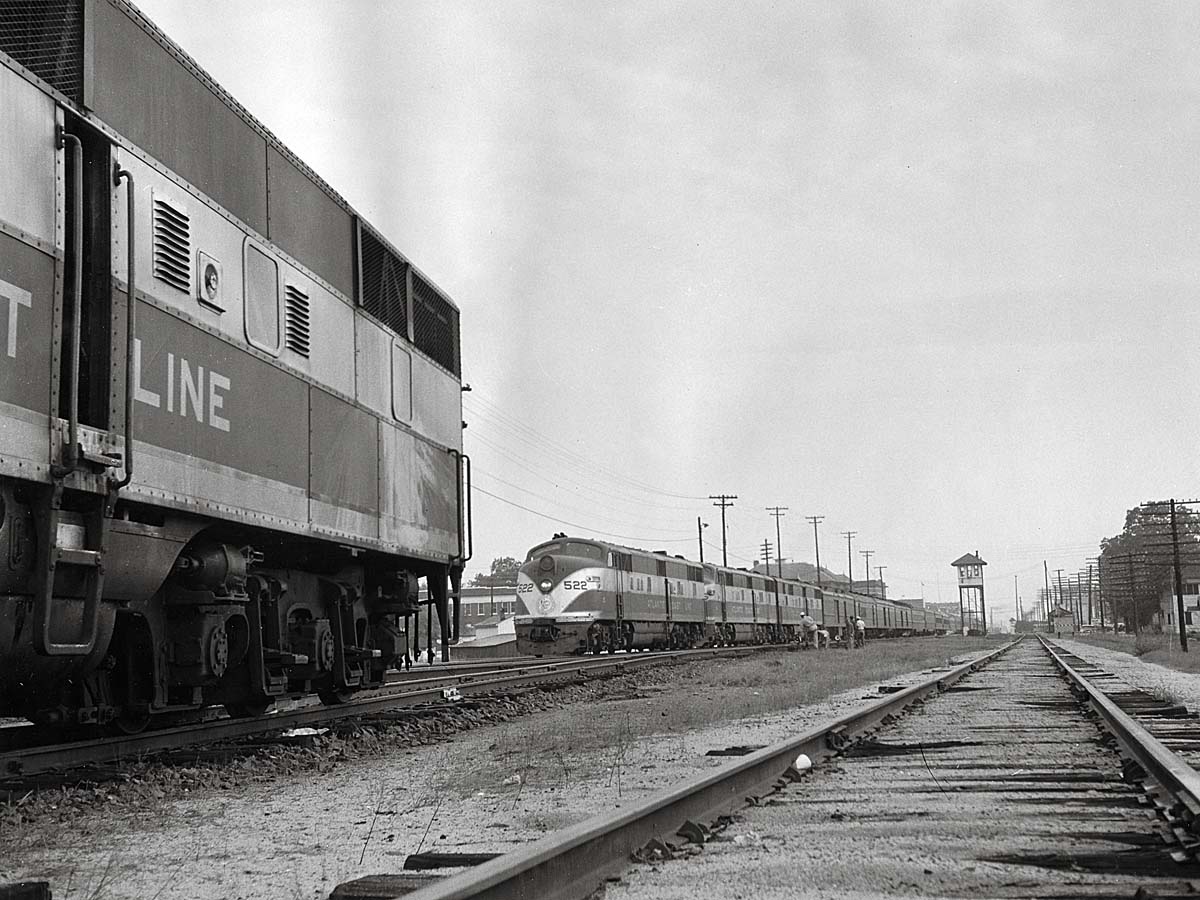
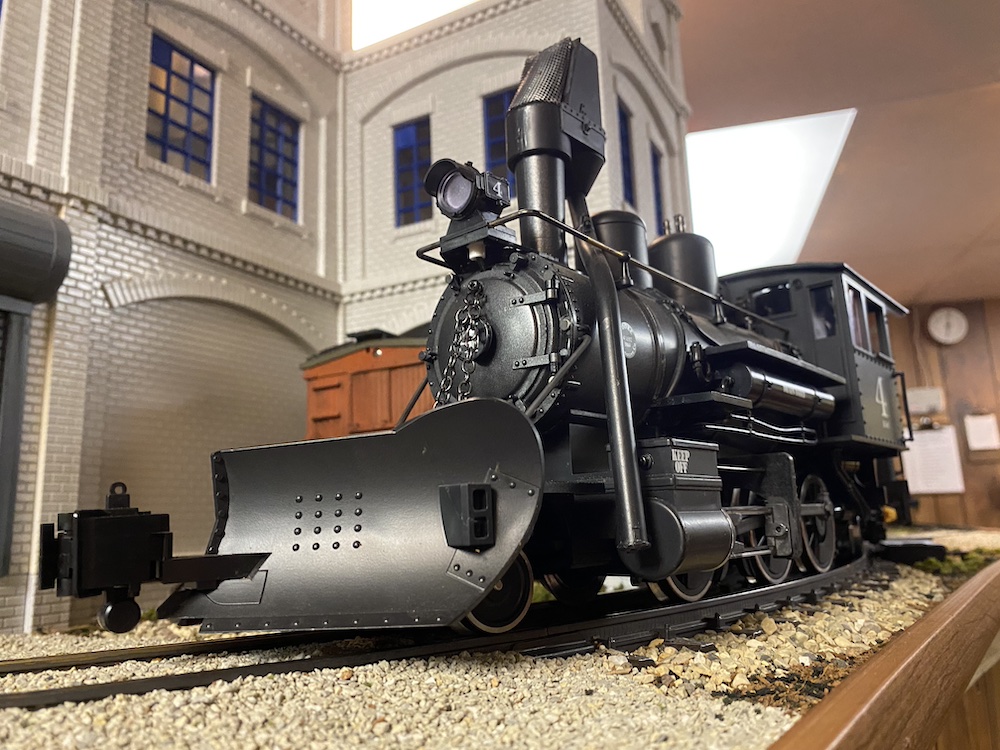

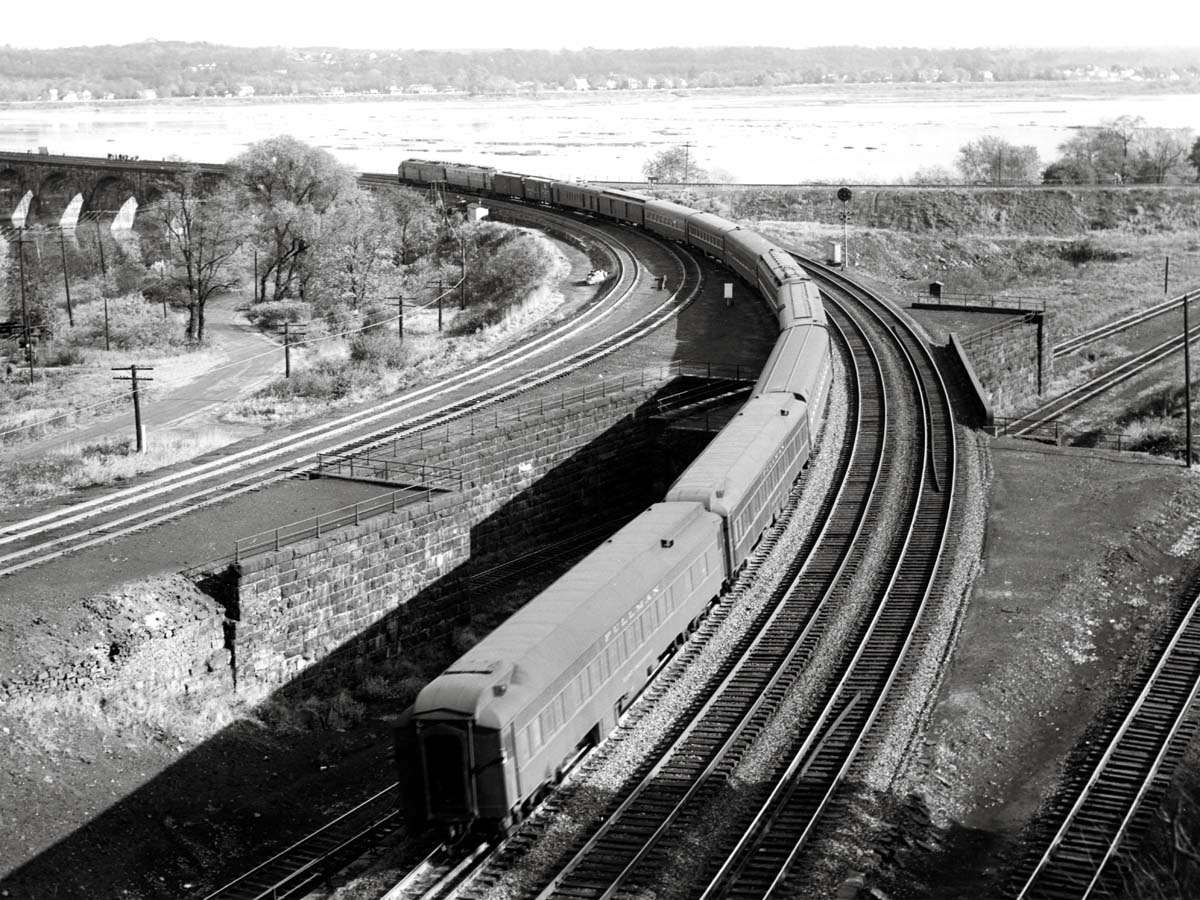




He was one of my favorite authors. Unlike most authors, whose captions are basically “Here’s train number X2200 with units 1234 and 4567 at Nowheresville, OH”, his told a story. His EL Memories and Before Guilford were two of the first color books I bought. I still have them.